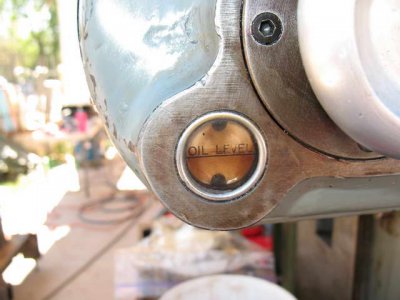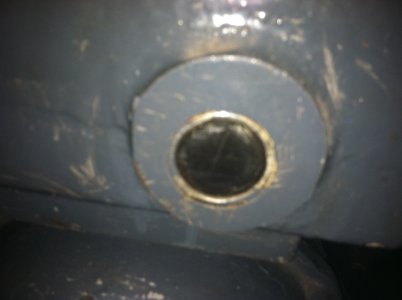That's a very generous offer, Neson, thanks! However, I don't think it makes sense for me to take you up on it. The foot (or toe, whatever) of the base casting is one place where a break has no effect. It only serves as a place to put the leveling screw. So long as the repair is solid (and it is) it should be fine.
I'd also like to say that if anyone has questions, please ask. The VN12 strikes me as being constructed in a straighforward fashion, but there are some quirks that may not be obvious. I have more pictures, and can take more in response to specific requests.
Josh
I'd also like to say that if anyone has questions, please ask. The VN12 strikes me as being constructed in a straighforward fashion, but there are some quirks that may not be obvious. I have more pictures, and can take more in response to specific requests.
Josh




